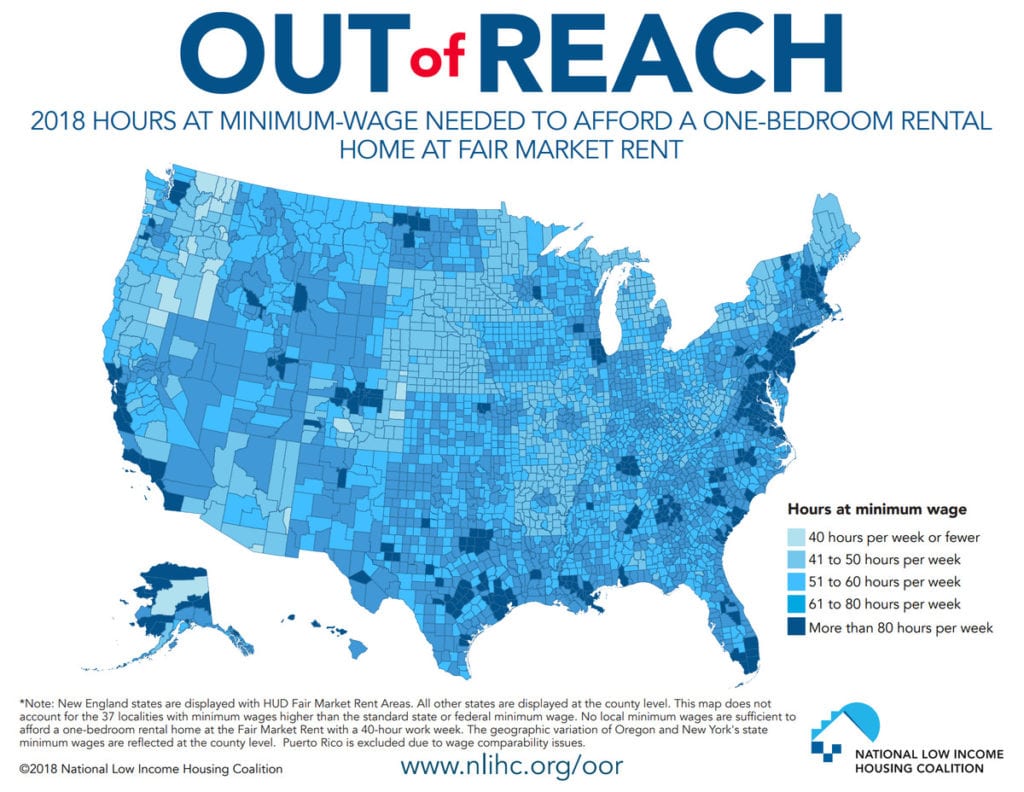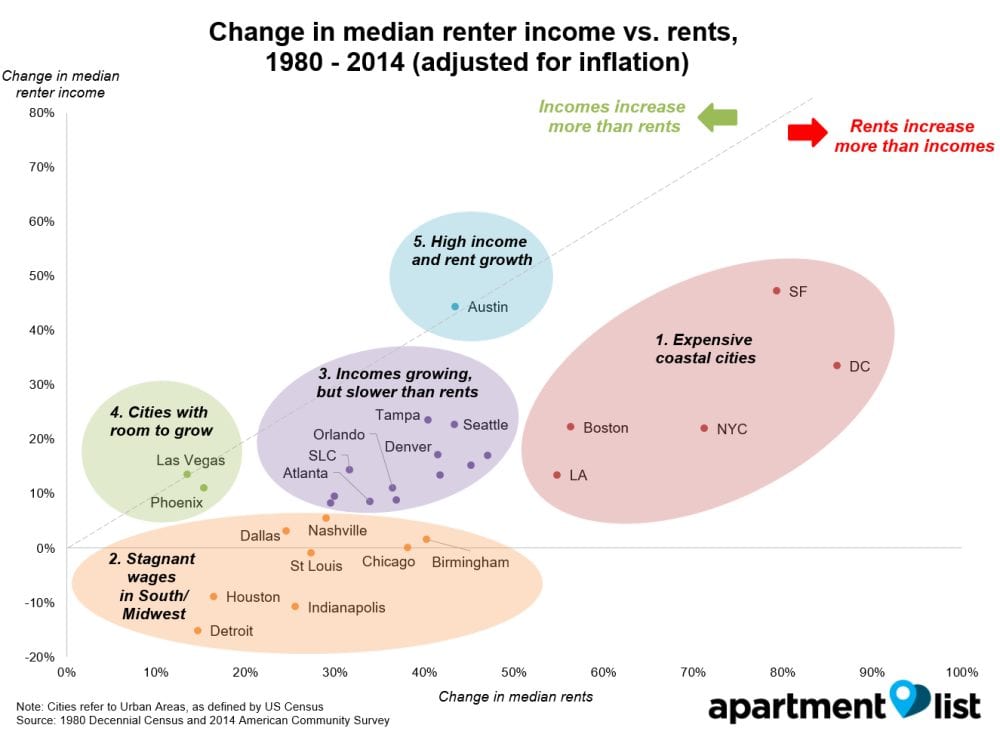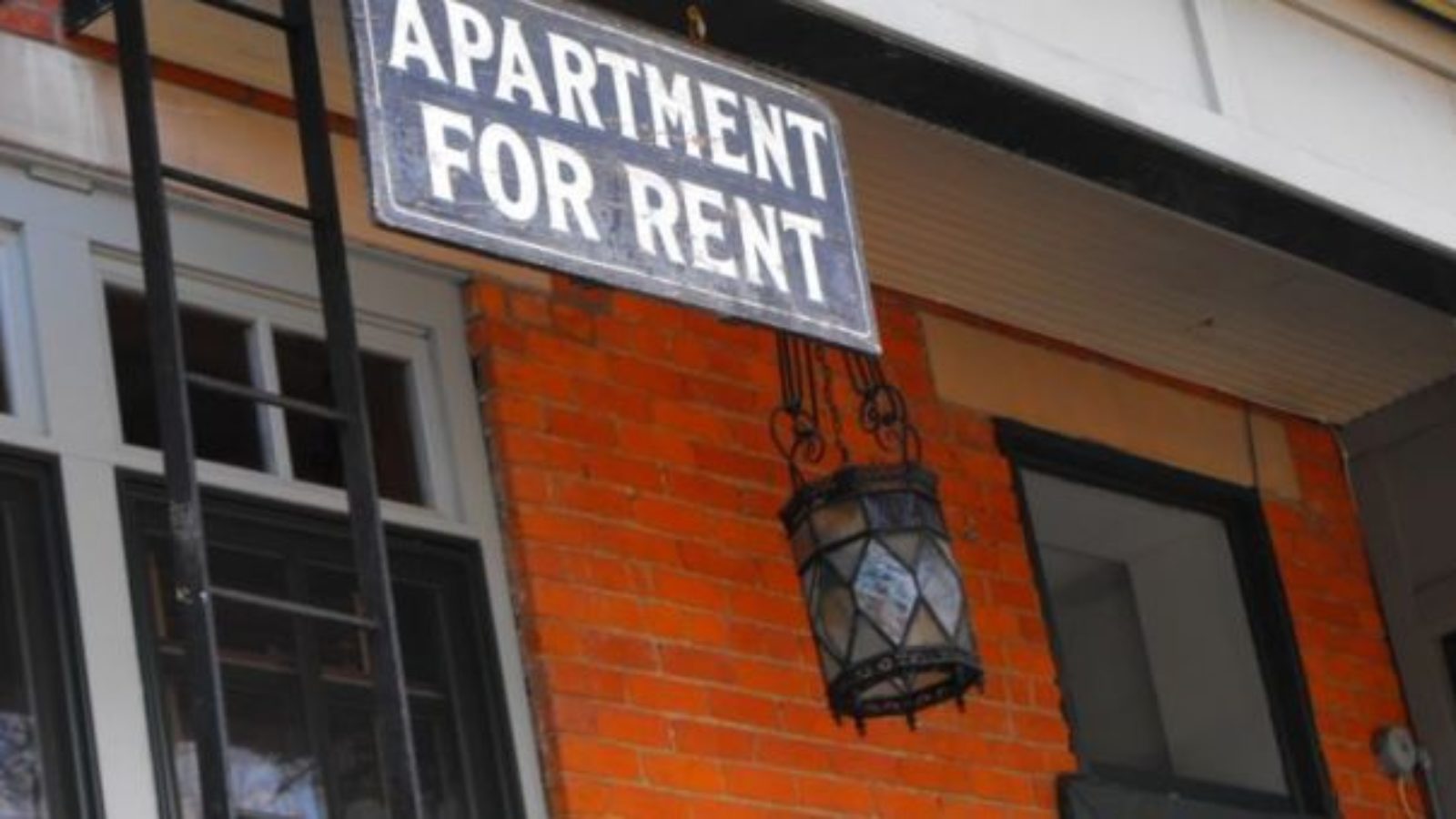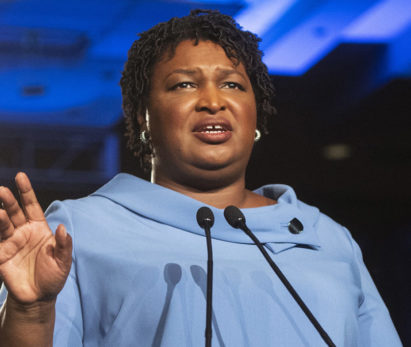Is Rent REALLY cheaper in Atlanta?
Graduating college is an event culminating in years of hard-work, hangovers, and general anxiety that makes you say “wow, glad that’s over” while feeling a tinge of sadness knowing those distant memories of an undergraduate experience is in the past. Amidst hugs, tears, and a few shots of tequila, I set out to find my place in the world, drawn in with optimism so many of my fellow classmates shared.
But first, I had to figure out where I was going to live.
My parents never made the move to kick me out once I graduated, but I wanted to get a bit closer to the city so my commute to work was a bit more bearable. As I settled onto a small, but comfy spot just inside the perimeter in North Atlanta, I remember that sigh of relief as I was handed the keys to my first post graduate apartment.
But just prior to that feeling, in months of searching, I still remember the thoughts going through my head while looking at hundreds of apartment listings: damn, this price is kind of high. Luckily, I have two roommates who help split the cost (thank god) but like me, a myriad of young professionals are asking the same question: why is rent so high?

For starters, Atlanta is a city of growth- compared to other big name metropolises on either side of the country, the city too busy to hate is still coming into its own. More people move here every year seeking to find work or just get away from the expensive lifestyle of cities like Los Angeles and New York. But there’s news here that may make a few eyebrows raise when considering the choices. So here it goes- Atlanta is outpacing San Francisco for rising rent prices.
Yep, you read that right.
A city known for its notoriously expensive realty space is being outpaced by none other than Atlanta itself. The data comes from HotPads.com; a site which studies changes in rent and offers resources for renters. According to their Q1 report in 2018, Atlanta’s rent prices are rising at a rate triple the national average. Overall, rent prices have skyrocketed over 71 percent across the city. When considered with the fact around 37 percent of the state rents currently, and nationally around two-thirds of all households headed by those under 35 are rentals, the question must be asked: what kind of strain does that put on renters?
A report by ApartmentLists.com that sources the 1980 decennial census and a 2014 American community survey show median rent prices have increased around 35 percent between 1980 to 2014 in Atlanta, while wages have only increased by about 10 percent in the same span. Coupled with more recent data from an analysis titled Out of Reach 2018: Georgia by the National Low Income Housing Coalition, at the current minimum wage, renters would need to work 109 hours a week to afford a two-bedroom apartment, or have a dwelling that markets at $377. You can choose which sounds more ludicrous.

Fair market price is roughly 1000 for a two bedroom, far more expensive than what a minimum wage earner could afford. Yet, while the report looks at the entire metropolitan area of Atlanta, including Sandy Springs and Roswell, narrowing down the options to urban neighborhoods gives a sense of just how much rent has gone up in the past year.
The 30303 zip code, which encompasses most of downtown Atlanta’s neighborhoods, would require an average wage of $19.81/hour to afford a two-bedroom dwelling. The average renter in Georgia only makes about $16/hour.
Here’s the full list of neighborhoods and their increases:
| Neighborhood Name | Median Rent | Change in Median Rent Year Over Year |
| Venetian Hills | $1,086 | 17.5% |
| East Atlanta | $1,700 | 10.9% |
| Reynoldstown | $1,417 | 10.8% |
| Underwood Hills | $1,699 | 10.6% |
| Peachtree Heights West | $2,007 | 9.4% |
| South River Gardens | $1,139 | 9.2% |
| Inman Park | $2,212 | 8.2% |
| West End | $1,209 | 8.0% |
| Arlington Estates | $1,000 | 7.8% |
| East Chastain Park | $2,177 | 7.6% |
| Mozley Park | $914 | 6.2% |
| Thomasville Heights | $865 | 5.6% |
| Oakland City | $903 | 5.6% |
| Old Fourth Ward | $1,496 | 5.2% |
| Cross Creek | $1,382 | 5.2% |
| Morningside – Lenox Park | $3,646 | 4.4% |
| Mays | $1,155 | 4.1% |
| Fairburn Heights | $924 | 3.5% |
| Dixie Hills | $903 | 3.3% |
| Downtown | $1,484 | 2.8% |
| Pine Hills | $1,705 | 2.6% |
| Chastain Park | $4,817 | 2.4% |
| Midtown | $1,835 | 2.4% |
| Greenbriar | $1,000 | 2.3% |
| Perkerson | $817 | 1.7% |
| North Buckhead | $2,428 | 1.7% |
| Polar Rock | $886 | 1.4% |
| Browns Mill Park | $941 | 1.2% |
| Virginia Highland | $2,500 | 1.2% |
| Candler Park | $1,911 | 1.2% |
| Druid Hills | $1,656 | 0.8% |
| Garden Hills | $2,626 | 0.8% |
| Adamsville | $931 | 0.6% |
| Midwest Cascade | $1,539 | 0.6% |
| Lenox | $1,689 | 0.5% |
| Mt. Paran – Northside | $6,165 | 0.5% |
| Cascade Heights | $1,005 | 0.3% |
| Pittsburg | $881 | 0.3% |
| Florida Heights | $879 | 0.2% |
| Springlake | $3,152 | 0.1% |
Source: HotPads
So what’s the take away of all this? The rent market in Atlanta will only grow as more people move to the city and new business projects attract more investments and attention to the already bustling metropolis. In short, Atlanta needs to play catch up—the state legislature ought to seriously consider a raise in the minimum wage or explore rent controls.
As has been the case for many people, the solution seems at least temporarily to move back home with parents or relatives while gathering savings to eventually make a purchase on property, or have enough in the bank to live comfortably with rent payments. Others have adjusted by moving to suburban areas just outside of the city to conserve a few dollars.
Whatever the solution, it needs to be measured and delivered quickly if Atlanta seeks to retain its brand as a center for economic growth.





